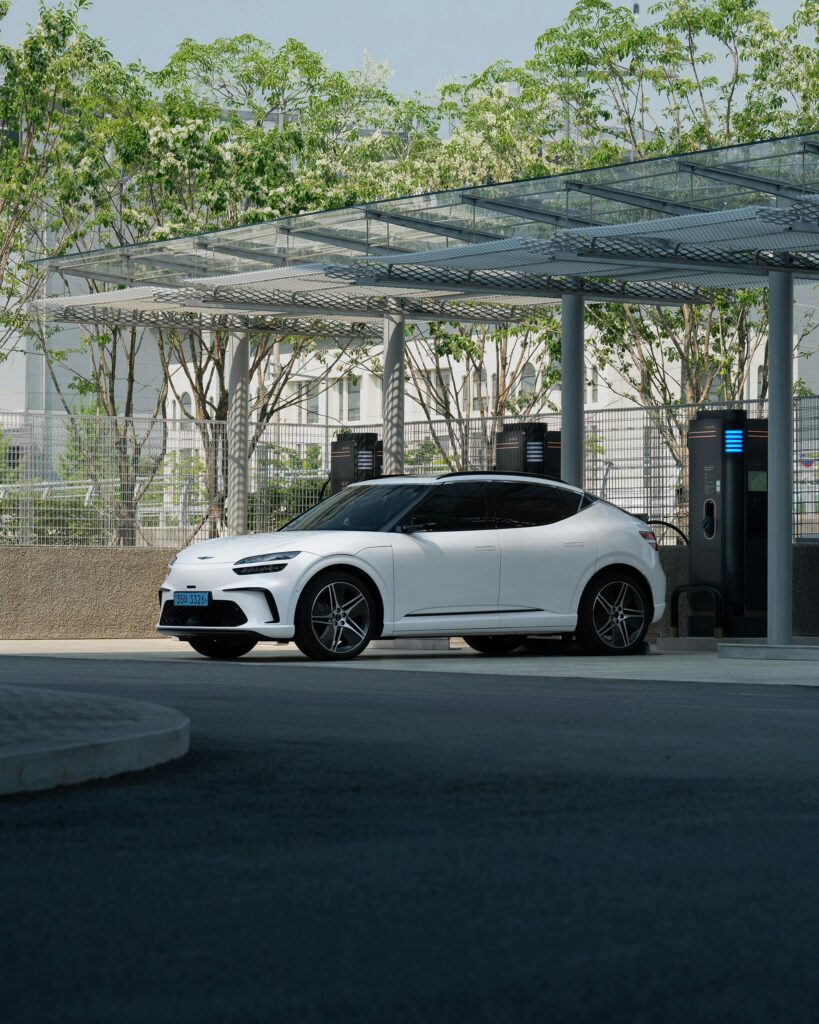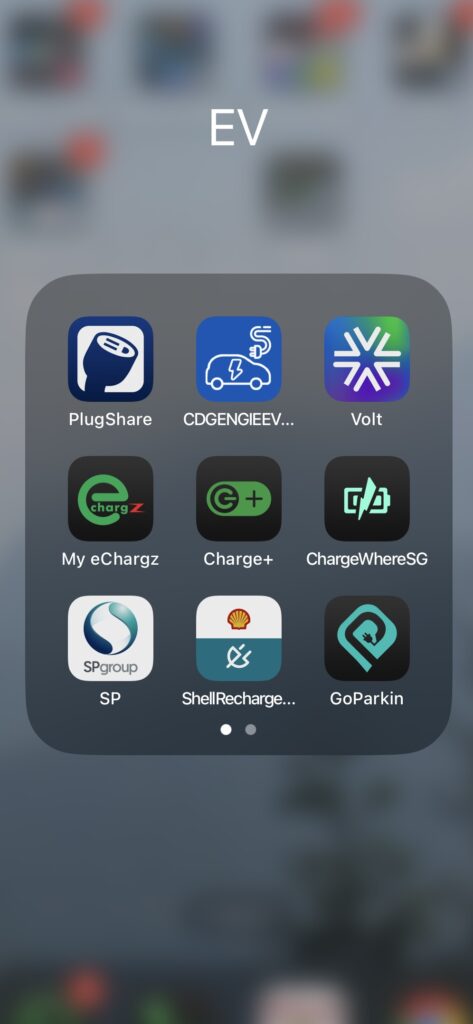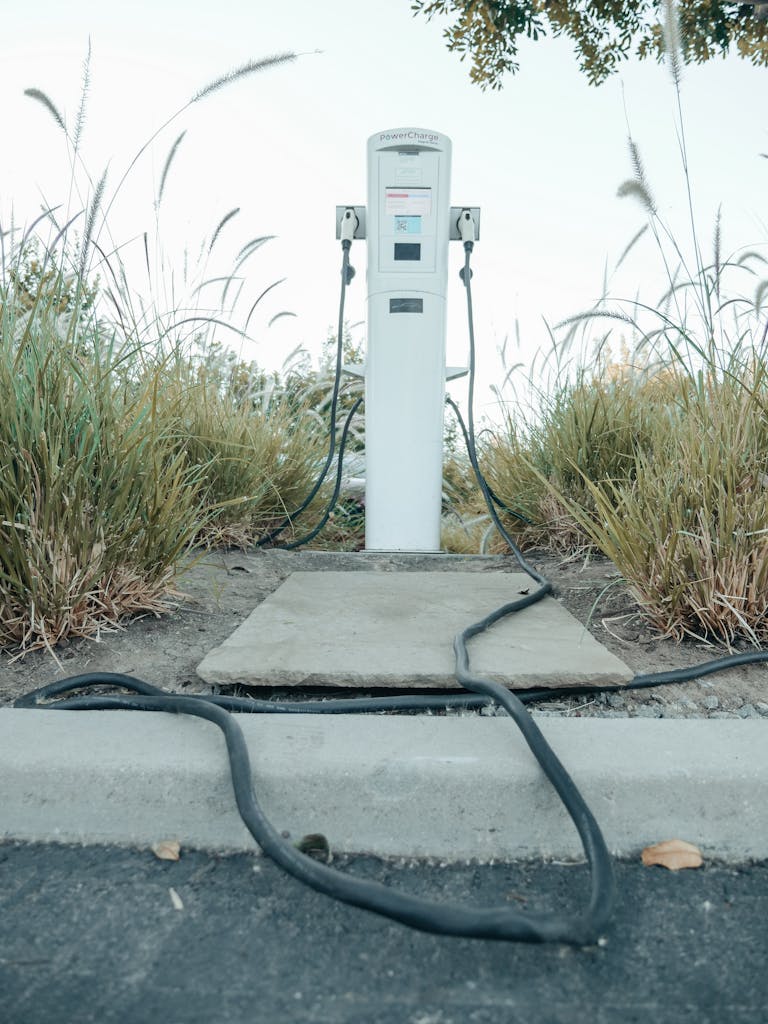How to Charge Your EV in Singapore: Beginner’s Guide
Charging your electric vehicle (EV) is a core part of car ownership, and Singapore’s fast-growing network of chargers makes EV living easier each year. Still, navigating the process for the first time can feel overwhelming with different charger types, payment methods, and new tech. Here’s a clear, step-by-step guide to help you charge your EV confidently, based on up-to-date practices as of August 2025.

1. Understanding Charger Types in Singapore
- AC Chargers (Type 2):
These are the most common, found in HDBs, condos, malls, and many office carparks. Charging speeds usually range from 7kW (slow) to 22kW (regular). Best for overnight or while you’re at work/shopping. - DC Fast Chargers (CCS2):
Found mainly at gas stations, commercial hubs, and select malls. Speeds range from 50kW up to 180kW or more which is great for a quick top-up on the go. Most fast chargers in Singapore use the CCS2 standard
2. Finding Charging Stations
- Apps and Websites:
Use trusted platforms like MyTransport.SG, PlugShare, or ChargeWhere.sg to browse maps of all major public chargers. These apps display live availability, user reviews, speeds, power ratings, and even pricing. - Major Operator Apps:
Download apps from large networks (e.g., SP Group, Shell Recharge, Charge+, or CDG Engie) for tailored information, booking, and payment. - New: App-Free AutoCharge Options
Some newer stations are in the initial phase of introducing “AutoCharge”: simply plug in and charging starts automatically—no app, scan, or fuss required. Look for “AutoCharge” markings at certain locations.

3. Starting a Charging Session
- Registration:
For most networks, you’ll need to register and link a payment method (e.g., credit card or e-wallet top-up) in the app. Do this in advance to avoid delays. - Activation:
- Scan QR Code: Open the app, scan the charger’s QR code, and follow instructions.
- RFID Card: Some operators let you tap an RFID card linked to your account (e.g. Total Energies)
- Plug In (for AutoCharge): At supported chargers, simply connect the cable—no further action needed.
- Payment:
Most chargers bill directly via your linked payment method. Always check the latest rates (per kWh, by hour, or per session).
4. What to Expect During Charging
- Charging Times (Typical Local Examples):
- AC Slow (7kW): ~3–8 hours for a full charge, depending on battery size. Best for overnight or long stops.
- AC Regular (22kW): 2–4 hours for most cars.
- DC Fast (50-180kW): 20–45 minutes for 20%–80% charge. Actual time varies by vehicle.
- Local Tips:
- Plan longer AC charges overnight, at home, or while working.
- Avoid peak hours at high-demand public chargers.
- Practice charger etiquette: never “hog” a bay after charging is complete.
5. Ending Your Charging Session
- Stop Charging:
Most apps have a “Stop” button—or your car may do this automatically when full. - Unplug and Stow:
Always unplug neatly and return the cable. Remove your car from the bay promptly to free up space for the next user.
6. Practical Advice for Beginners
- Finding the Charging Port and Cable:
Check your EV owner’s manual for the exact location and recommended charging connectors. Most new EVs in Singapore use either Type 2 (AC) or CCS2 (DC) charging ports—adapters are rarely needed, but always double-check. - Understanding Pricing:
- Per kWh: Most common—pay only for the amount of electricity consumed.
- Per Time: Some chargers bill by duration or a session fee, especially at shopping malls; check rate cards in advance.
- Home vs. Public Charging:
- HDB Flats: Public chargers only; private home installation not allowed as of 2025.
- Condos: Increasingly possible, but requires MCST approval—check policies and grants.
- Landed Homes: Home chargers allowed with proper installation.
- Safety First:
- Never press the emergency stop unless there’s a real hazard.
- Always plug and unplug with dry hands, and follow safety notices on site.
7. Common Beginner Mistakes to Avoid
- Assuming all public chargers are fast: many are slow/regular AC.
- Not setting up multiple charging apps: availability varies by location, different chargers and networks may operate exclusively in certain areas, so having several apps ensures you can access the appropriate stations wherever your destination takes you.
- Expecting universal wireless or seamless payment—have a backup payment method or card.
- Leaving your car parked after charging finishes, potentially incurring idle charges or irritating other drivers.
Conclusion
Charging your EV in Singapore is getting simpler by the month, with new stations, better apps, and helpful community knowledge. Plan ahead, stay patient with the learning curve, and always refer to official LTA resources, trusted charging apps, and local EV groups/forums for support and troubleshooting. Very soon, regular charging will be just another easy part of your daily driving routine. Happy charging!
